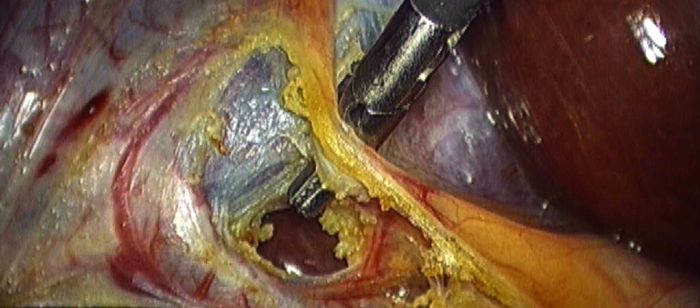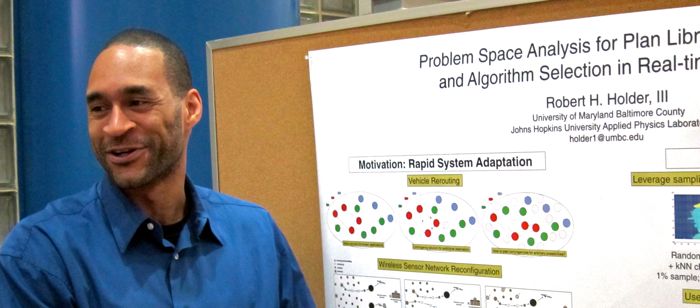
MS Thesis Defense
Semantic Light: Building Blocks
Charles Lohr
2:15pm Thursday, 12 May 2011, ITE 346
The concept of Semantic Light is simply that lighting systems can be aware of what they are lighting. This offers a number of potential advantages over conventional lighting in quality and efficiency. Semantic Light requires fine grained control of the output of many lights and requires sensors to take in information about what is being lit. It uses this information to control the output lighting in great detail. By running various algorithms, Semantic Light can provide information to the user and has a number of applications including augmented reality.
Traditional lighting that is currently in wide use has limited control of quality and quantity of the light produced. Few lights for large-scale use are intended to control their output in any kind of detailed manner. Most area lighting only has a switch that must be manually turned on or off. While there are many commercial systems that allow for more fine grained control, they are typically limited to remote control, motion control and extra manual controls. These systems can be wasteful, or they may provide inappropriate amounts of light, or they may be on when no one is using them.
While other Semantic Lighting systems may focus on "green" or powern saving aspects, we concentrate instead on innovative roles Semantic Light could play as well as on the technology to make it possible to fill those roles. By emphasizing new utility and maximizing our speed to prototype, we have made several tradeoffs that will cause our system to be less efficient than it could be, even less efficient than traditional lighting systems. The ideas and concepts covered, however, could be adapted to different underlying technologies to produce a product that could provide considerable power saving over conventional lighting.
It is important to think of the many concepts covered as primary building blocks, rather than a complete commercial system. A number of refinements and extensions will be needed to produce a commercial viable product. We demonstrate all of the needed building blocks in a concise, prototyped system.
Committee:
- Mark Olano
- Yelena Yesha
- Zary Segall (advisor)








